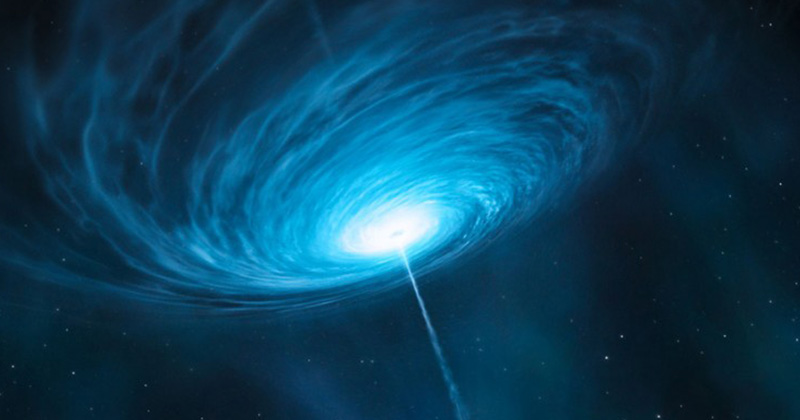
Astronomers from the Max Planck Institute in Germany have announced the discovery of traces of Shakti and Shiva, two clusters of stars that would have joined the Milky Way around 12 or 13 billion years ago and contributed to the above-average size of our galaxy. . Guilherme Limberg, researcher at the Institute of Astronomy, Geophysics and Atmospheric Sciences at the University of São Paulo, explains better what protogalaxies are and how Shakti and Shiva were discovered.
Limberg explains that Shakti and Shiva, although they were large clusters of stars and cosmic matter, bore little resemblance to the galaxies we recognize today. “These protogalaxies were nothing like the Milky Way and Andromeda, because the Milky Way and Andromeda are two very mature galaxies, which have already formed a disk and spiral arms.”
However, the discovered space objects are in line with current understanding of the formation of galaxies and star clusters. According to this understanding, the Milky Way should merge with Andromeda, another galaxy in our local group with a size much above average, to form an even larger galaxy in about 5 billion years. “It’s a similar thing in the sense that they are galaxies that are coming together to form a larger galaxy. We have galaxies merging with others to form more massive objects and that is how they really grow”, explains the researcher.
Recent field of study
The discovery of Shakti and Shiva is part of the field of study known as “galactic archaeology”, which seeks to look at evidence from our current galaxy to try to understand what it was like billions of years ago. Guilherme Limberg tells more about how the discovery was made: “Knowing the movement that the little stars make in the sky and also the distance of these stars, we have enough information to understand how these objects are moving around the galaxy. The logic is: if they move close together, they probably came from the same original object.”
This is a very recent field of study, only in 2018 did galactic archeology make significant advances. The astronomer explains that it was with the release of the information collected by the Gaia satellite, with the mission of making a detailed mapping, in three dimensions, of the stars in our galaxy, that it was possible to reach this type of conclusion.
The role of international collaboration
The discovery was announced by German scientists from the Max Planck Institute, but using data collected by the Gaia satellite, which is part of the European Space Agency, and by another American astronomical project, the Sloan Digital Sky Survey (SDSS) at the University of Chicago. Professor Roberto Costa, from the Department of Astronomy at the Institute of Astronomy, Geophysics and Atmospheric Sciences at USP, says that international collaboration in this type of astronomical data analysis has become a necessity, because the volume of data collected is immense. “These are very large volumes of data, there would be no way for one person to do this on their own. Observatories have their data policies, sometimes the collected data is proprietary for a while and then released, others are released immediately after being processed. This varies a little, but in general this data from large surveys like SDSS, for example, or Gaia are large automatic surveys.
The difference, according to Roberto Costa, is no longer in the collection or cleaning of the data collected by telescopes, but in the interpretation given to them by astronomers. “It is no longer possible for an astronomer or a research group from University x or y to process data. This is done more or less automatically, and then it is up to astronomers to make the interpretation later.”
IAG/USP also participates in this international cooperation for astronomical discoveries. The professor says: “We also have in the department, within IAG, in Cidade Universitária, a very large computer cluster, which is now being renovated, specifically for astronomy, which handles data processing, image processing and performs numerical simulations. also. Astronomers from the Department of Astronomy are well versed in these modern observation and data analysis techniques.”
